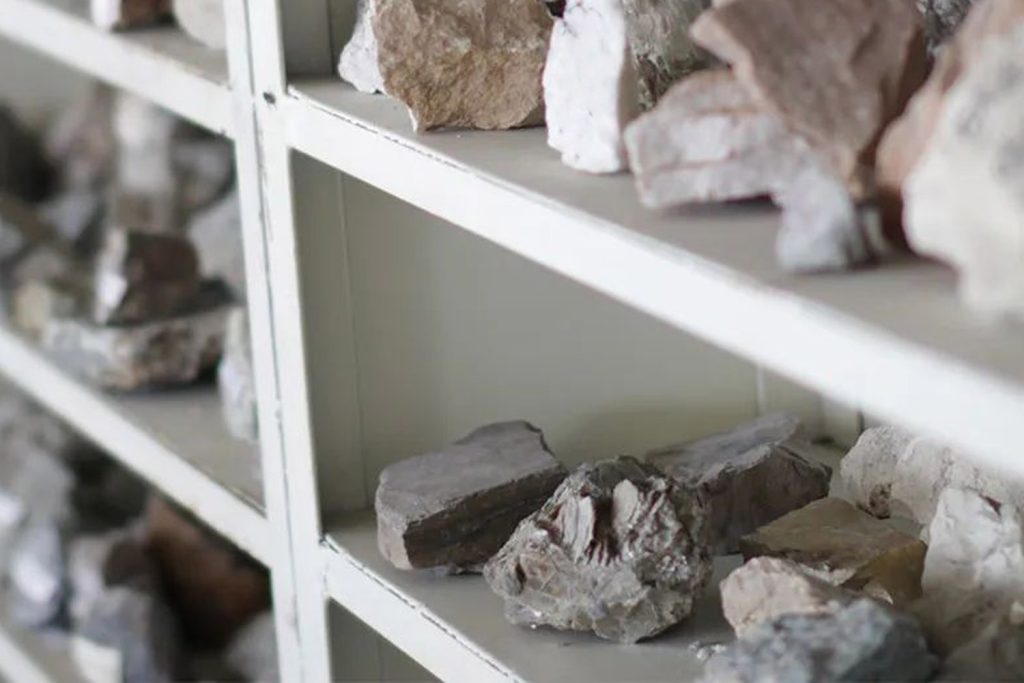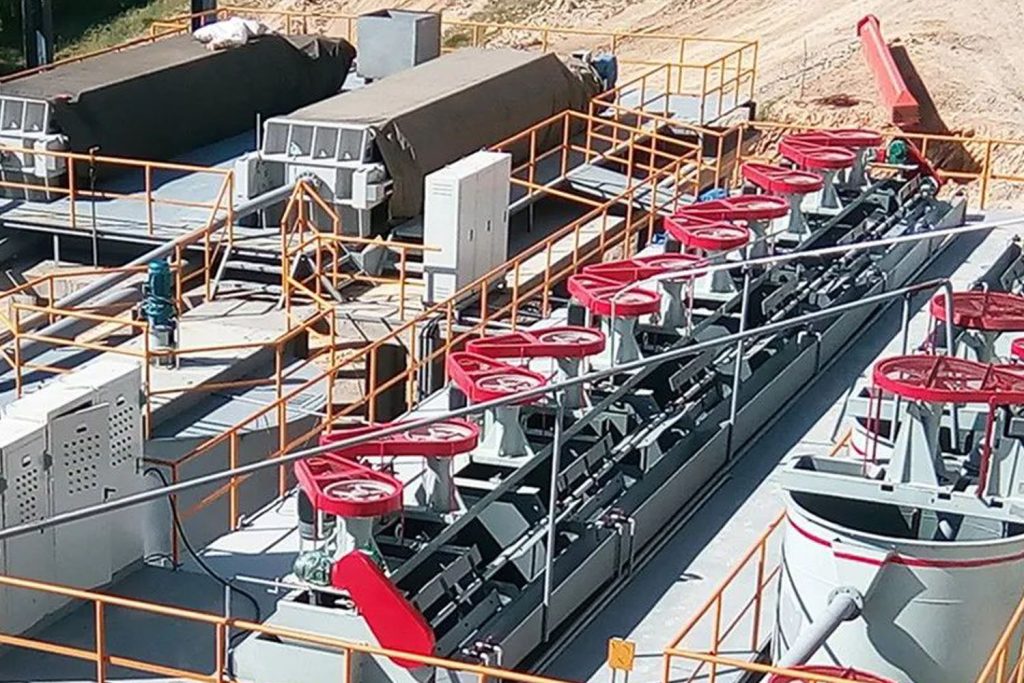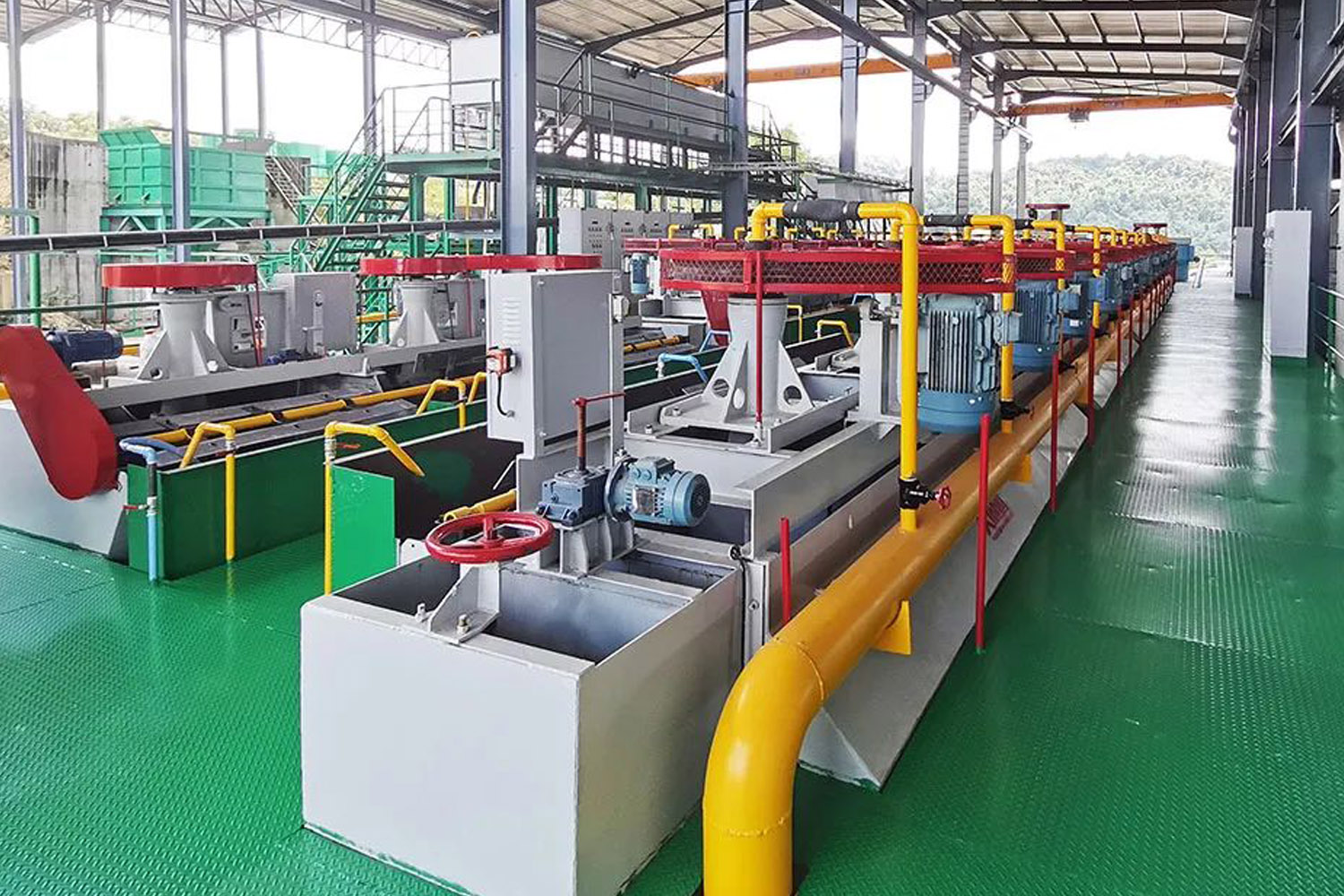Tin minerals have relatively high density, and large pieces of tin minerals can be easily recovered through traditional gravity separation process. However, due to the fragility of tin minerals, they are prone to over-crushing in the grinding process, resulting in the loss of most of the fine-grained tin minerals in the tailings . In the recovery of tin ore, flotation is an effective means to recover fine-grained tin minerals and reduce the loss of tin metal.
Tin ore flotation is an important process for extracting tin ore from ore. In this process, many factors will affect the effect of tin ore flotation, including pH value, particle-bubble interaction, metal ions and flotation reagents.
Four points for attention in tin ore flotation mineral processing
Let’s discuss in detail how these factors affect tin ore flotation to help you solve tin ore recovery problems.
Effect of pH Value on Flotation of Tin Ore
The pH value is an indicator of the acidity or alkalinity of a solution. In the flotation process of tin ore, the pH value has an important influence on the flotation effect. In the flotation process, by adjusting the pH value, the surface of the mineral can be positively or negatively charged, thereby controlling the interaction between the mineral and the air bubbles, and then achieving separation.
Under different pH conditions, the recovery of tin minerals varies greatly. In the process of increasing pH value, the adsorption amount of tin minerals to collectors gradually changed, and the recovery first increased and then decreased. In the pH range of 3-5, the adsorption of tin minerals to collectors reaches its peak. Therefore, controlling the pH value in the range of 3-5 is more suitable for the recovery of fine-grained tin minerals. According to the change of the chemical composition, the suitable pH value range may change, and it should be determined through mineral processing tests.
If the pH value is too high or too low, the flotation effect will be affected. When the pH value is too high, the surface of the mineral will be over-oxidized and cause flotation difficulties. When the pH value is too low, the effect of the neutralizing agent will be reversed, thereby increasing the strength of the interaction between the mineral and the floating foam.

Effect of Particle-Bubble Interaction on Sn Mineral Flotation
Particle-bubble interaction refers to the interaction force between minerals and gas bubbles. This action involves a variety of physical and chemical processes, including the attachment of air bubbles, the floating of minerals driven by air bubbles, the surface diffusion of air bubbles, and the removal of minerals.
During the adhesion process between the bubbles and the tin minerals, the bubbles and the tin mineral particles approach each other and collide, and the bubbles can only capture the tin mineral particles after multiple collisions. Appropriately reducing the bubble diameter can increase the probability of bubbles colliding with mineral particles, making it easier for fine-grained tin mineral particles to attach to the bubbles, making the mineralization process easier and improving the recovery of tin minerals.
In practical applications, adjusting the size of the bubbles, the speed of bubble generation, the stirring speed, and the geometry of the flotation cell will all have an impact on the particle-bubble interaction. If the bubbles are too large, the contact area between the bubbles and the mineral particles will be limited, thereby reducing the flotation efficiency. On the contrary, if the bubbles are too small, it is not easy to attach minerals, and the flotation efficiency will be limited. Therefore, adjusting the size of the bubbles is the key to obtain the ideal flotation effect.
Effect of metal ions on tin ore flotation
Tin minerals are often associated with other metal minerals, which contain many metal ions such as copper, lead, zinc, silver, iron, magnesium, tungsten, etc. These ions will interfere with the flotation process to varying degrees. On the one hand, these metal ions will produce complexation with flotation reagents, reducing the selectivity of flotation reagents to tin ore. On the other hand, these metal ions also affect the redox potential, pH value, and surface potential of the tin ore, thereby disturbing the interaction forces between particles and bubbles.
Moreover, due to other mechanical effects such as crushing and grinding and mineral dissolution, the flotation pulp often contains other metal ions, and these metal ions often act on the surface of tin minerals through electrostatic or chemical reactions, affecting the flotation of tin minerals. Among them, the metal ions that have a greater impact include iron ions, copper ions, calcium ions, lead ions, and magnesium ions.
Calcium ions, copper ions, iron ions, and magnesium ions can all inhibit tin minerals, while lead ions can activate the flotation of tin minerals in the range of pH 2-7.5, and can also activate the flotation of tin minerals in the range of 7.5-12. It will have an inhibitory effect on the recovery of tin minerals. Among them, the intensity of inhibition is magnesium ion, copper ion, iron ion and calcium ion in order.
In actual production, according to the different mineral types and ore properties and composition of tin ore, the appropriate chemical combination should be selected through mineral processing tests to reduce the impact of metal ions on tin ore recovery.

Influence of flotation agent on tin ore flotation
Flotation agents refer to the chemicals added during the flotation process. These chemicals change the electrical properties of the mineral surface by chemically reacting with the mineral surface, thereby controlling the interaction force between particles and air bubbles, and realizing the separation of minerals and waste.
The type and method of use of flotation agents will have an important impact on the effect of tin ore flotation. Commonly used flotation agents include collectors, foaming agents, regulators, and foaming agents. The selection of these reagents should be considered according to mineral types, flotation conditions, and environmental pollution.
Flotation agents play a key role in the flotation of fine-grained tin ore. Tin minerals have poor natural floatability and high density, so tin ore collectors are required to have stable and selective adsorption, generally anion collectors, such as fatty acids, phosphonic acids, arsine acids, and hydroxamic acids wait. In order to improve the adaptability of flotation reagents to the flotation of tin minerals, a combination of multiple reagents is often used for flotation to achieve the ideal flotation effect.
It is difficult to effectively separate tin minerals from other minerals only by collectors. It is also necessary to add suitable regulators to optimize the slurry environment, activate tin minerals and suppress gangue minerals to obtain ideal flotation results.
In conclusion
The above are the four factors affecting the flotation of tin minerals. In actual production, due to the complexity of tin ore flotation, many factors need to be considered. It is recommended to conduct a mineral processing test before building a tin ore concentrator, and formulate a scientific and reasonable tin ore flotation plan according to the test results to reduce tin minerals. loss, improve economic efficiency, and achieve the purpose of rational utilization of resources.
